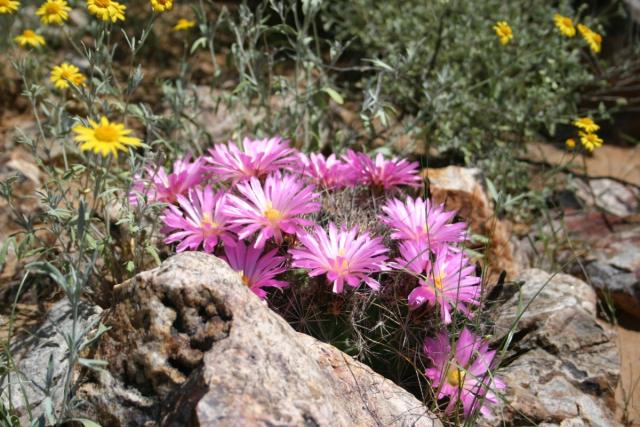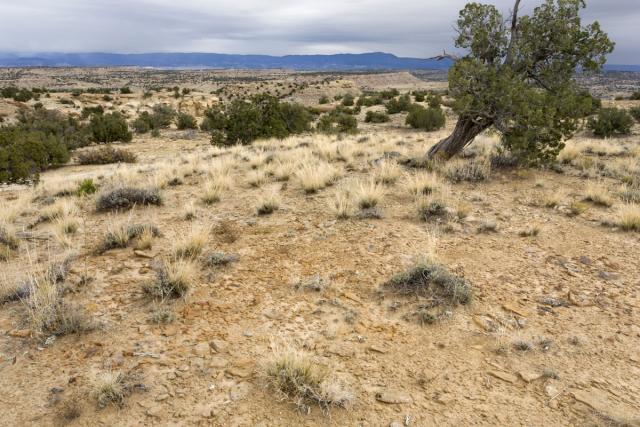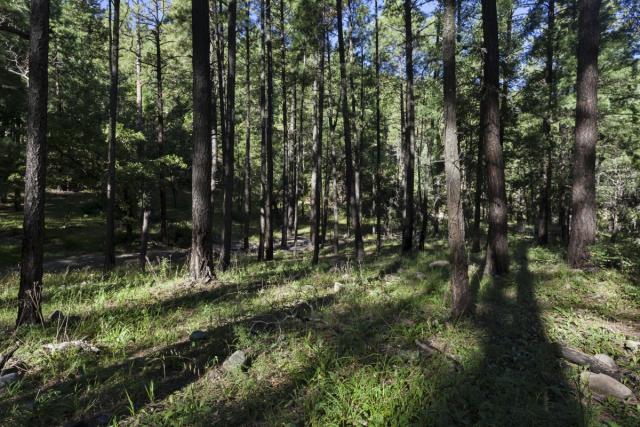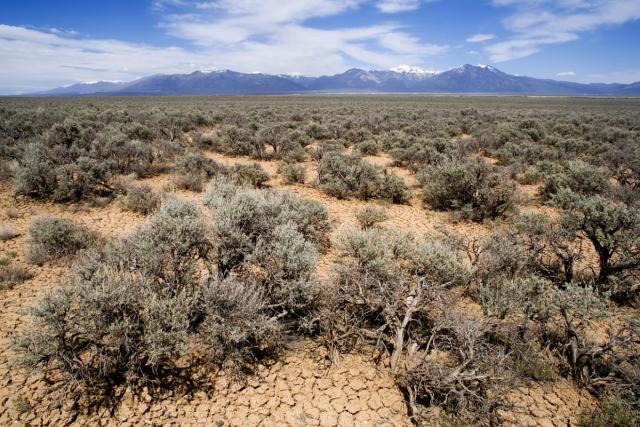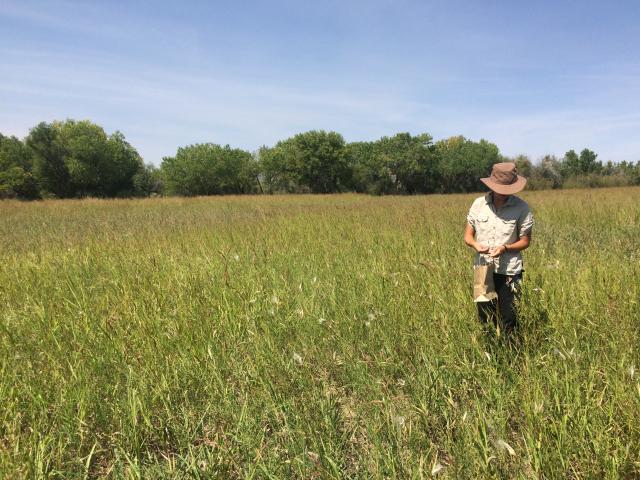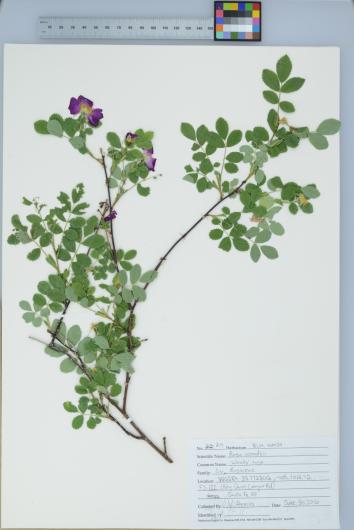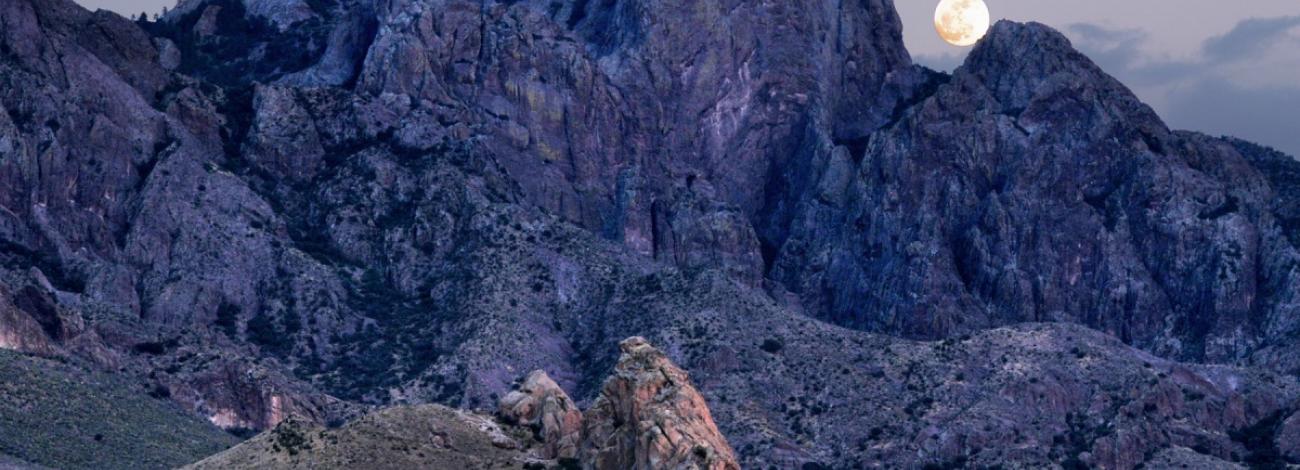
BLM New Mexico Native Plants Program
Diverse landscapes
New Mexico supports remarkable plant diversity parallel to diverse landscapes that range from the striking white sand dunes of the northern Chihuahuan Desert to the barren alpine tundra of Wheeler Peak. The Bureau of Land Management is responsible for managing approximately 13 million acres of public land in New Mexico. The landscape is defined by intense temperature, precipitation, and elevation gradients that give rise to eight distinct Omernik Level III Ecoregions and the fourth highest floristic diversity in the country, comprised of 4,204 documented plant taxa, including 487 exotic species and 107 plant species endemic to the state (Allred & Dewitt Ivey, 2012).
Ecoregions
New Mexico’s ecoregions include the Colorado Plateaus, Southern Rockies, Arizona/New Mexico Plateau, Arizona/New Mexico Mountains, Chihuahuan Deserts, Western High Plains, Southwestern Tablelands, and Madrean Archipelago. Within these ecoregions, New Mexico’s major vegetation types include grasslands, pinyon-juniper woodlands, forests, shrublands, riparian wetlands, alpine tundras, and ecotones which represent the interface of multiple vegetation types (Allred & Dewitt Ivey, 2012). Examples of plant communities include the southernmost sagebrush communities of the United States, creosote and mesquite shrublands, eastern grasslands, pinyon juniper woodlands and savannas, and ponderosa forests.
Plant Conservation & Restoration Program
Some of these unique vegetation communities support plant species that require special protection. Out of New Mexico’s 175 Areas of Critical Environmental Concern (ACEC), there are currently 17 ACECs that directly address botanical conservation. The New Mexico BLM Plant Conservation Program (PCP) strategizes to protect New Mexico’s impressive flora. The PCRP oversees Seeds of Success crews to gather wild seeds for restoration and oversees Assessment, Inventory, and Monitoring crews to monitor vegetation patterns throughout the State. The program also aims to monitor and manage special status plant species and leads pollinator monitoring initiatives to understand pollinator-plant relationships in the interest of protecting important species far into the future.

